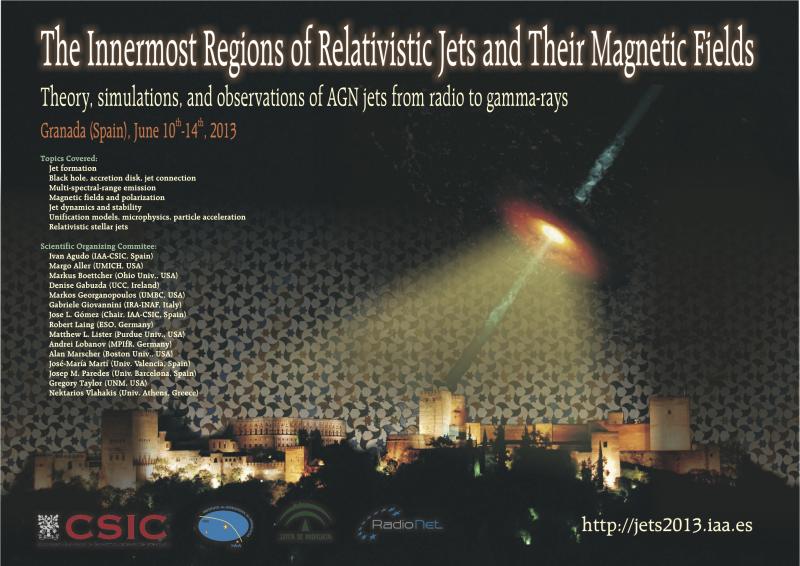The Innermost Regions of Relativistic Jets and Their Magnetic Fields. Granada (Spain). June 10th-14th, 2013.
Petropoulou, Maria
Time-dependent modelling of PKS 2155-304 at a low state: One- or two-zone emission modelling ?.
Author list: M. Petropoulou and A. Mastichiadis
One-zone radiation models have been widely used in modelling the steady-state multiwavelength (MW) spectra of blazars, having as main goal the determination of the physical conditions in the emitting region, such as the magnetic field strength, the species of radiating particles etc. Then, the results from one-zone stationary modeling are often used as a stepping stone for studying flaring events. Here we show that the application of steady-state one-zone models on intrinsic variable sources, even when these are at a low state, can be misleading. In particular, we apply two time-dependent one-zone models, (i) a synchrotron self-compton (SSC) and (ii) a proton synchrotron, to the simultaneous MW observations of PKS 2155-304. We show that both models succeed in fitting the time-averaged MW spectrum, but they cannot easily (or at all) reproduce the optical, X-ray and gamma-ray light curves, although the flux variability is not significant. Finally, we show that a two-component leptonic model addresses both spectral and light curve observations more successfully, albeit at the expense of more free parameters.




